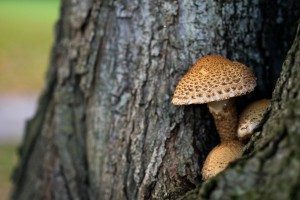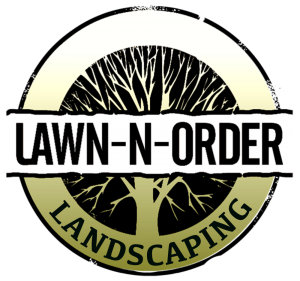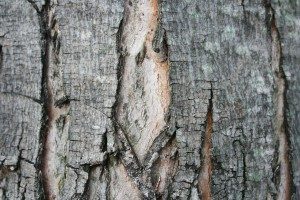Before winter sets in and snow is on the ground, it’s a good idea to check for dead, damaged and diseased limbs and branches in your trees. Snow and strong winds can loosen already unstable limbs and branches and create a hazard for your property. We follow ANSI A300 PRUNING STANDARDS in order for your trees to receive the utmost care and remain healthy. Older trees can harbor defects and decay. Visible signs that a tree is in stress or failing is:
Dead branches and Limbs
Any branch lodged in a tree of sufficient size or larger than 4 inches in diameter should be brought down methodically to prevent being blown down and hitting personal property or causing injury to people.
Splitting
Splits through the bark and into the wood can cause further injury to the tree and make it susceptible to malady and bacteria. Frost cracks can occur in extreme cold snaps followed by rapid thawing. Other factors like late growth in the fall, high humidity, and nitrogen levels can increase the probability.
Weak Branch Unions
Unions can occur when two similar in size branches are growing together. In this union the bark is growing between the unions, therefore the union is much weaker and can easily split apart. If these are associated with cracks or decay, removing these branches before they cause injury to humans or property is vital.
Dead and Decay
If soft or crumbly wood is evident, the tree or branch is decaying. Often times mushrooms, conks, and brackets on the tree is a warning of advanced rotting. Getting a professional to look at the tree is prudent to its survival and safety to others.
Cankers
Cankers can weaken the stem or branch of a tree where the bark is missing. A wounding or disease can cause cankers. If it encompasses more than half of the circumference of the trunk or branch it could be considered hazardous.
Root Problems
The root system is largely the stability factor of the tree. Root problems can occur if the root system has been disturbed by the change in soil levels around the tree, including paving over the roots or parking under the tree. The compacted soil from heavy vehicles would deprive it of sufficient amounts of oxygen. Symptoms might include branch dieback, dead wood in the crown or a variance in leaf size and color.
These problems and symptoms give an overview of what we look out for when doing a tree evaluation. If you suspect your trees are not in good health, let us examine and give you a proposal to ensure you can keep these living and vital assets as healthy as possible. Call today at 828.774.1590 for your tree health evaluation.





